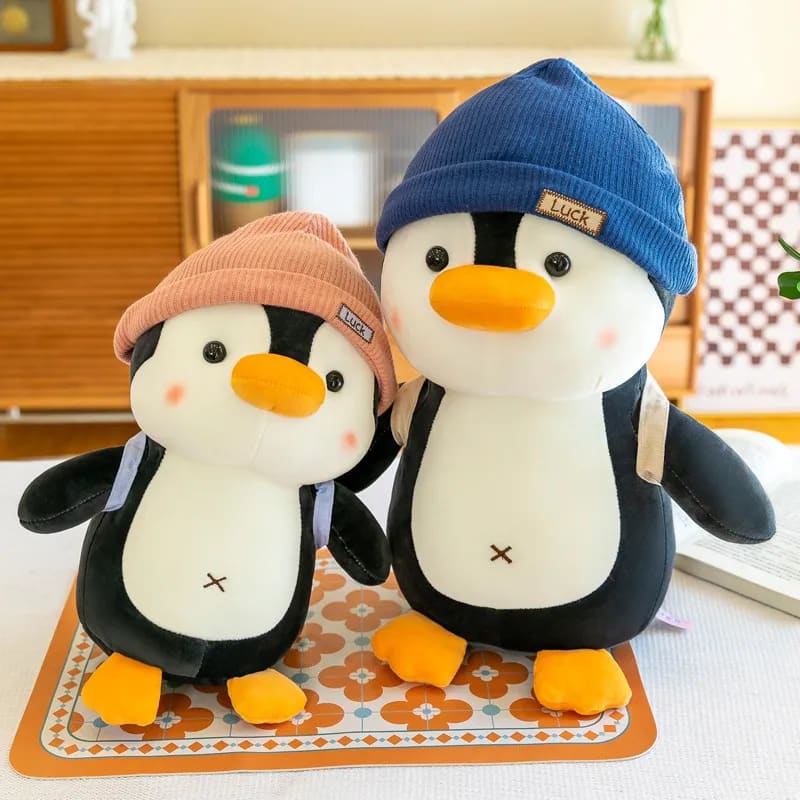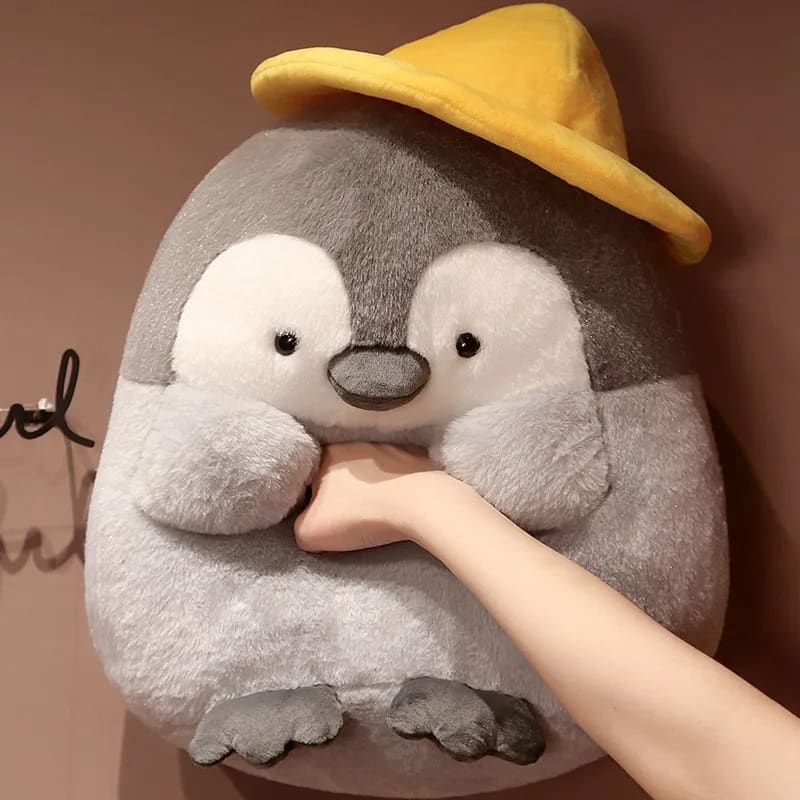Why Are Little Penguins Blue? Exploring the Fascinating World of Penguin Plumage
Little penguins, also known as fairy penguins, are undeniably adorable creatures that captivate both adults and children with their lively antics and charming presence. While their small size and playful behavior are enough to make them stand out, there's another aspect of these captivating creatures that often sparks curiosity - their blue feathers. In this blog post, we will delve into the fascinating world of little penguins and uncover the reasons behind their distinctive blue plumage.
The Science Behind Blue Plumage
The mesmerizing blue color of little penguins' feathers is not a result of dye or paint, but rather a natural pigment called melanin. Specifically, it is a type of melanin known as eumelanin, which gives the feathers their deep blue hue. Eumelanin is also present in the skin, eyes, and hair of various animals, including humans. However, in the case of little penguins, it is mainly concentrated in their feathers, creating a stunning visual effect.
The blue coloration of little penguins' feathers serves multiple purposes. Firstly, it acts as camouflage, blending perfectly with the ocean waves and protecting them from predators lurking from above. This adaptive coloration allows the penguins to remain unnoticed in their natural habitat, ensuring their survival. Additionally, the blue feathers play a vital role in attracting potential mates. The vibrant color signals health, genetic quality, and reproductive fitness, all of which are essential factors in penguin courtship.
The Role of Structural Coloration
Beneath the captivating blue hue, the structure of little penguins' feathers also contributes to their unique appearance. The microscopic structure of the feathers interacts with light waves, resulting in a phenomenon called structural coloration. This means that the blue color we perceive is not solely due to pigmentation, but also due to the way light is scattered and reflected by the feathers' microscopic structure.
The specific arrangement of cells and air spaces in the feathers affects the wavelengths of light that are absorbed and reflected, creating a perception of blue color to the human eye and vision of predators or potential mates. This structural adaptation further enhances the penguins' camouflaging abilities and adds to their overall visual appeal.
The Influence of Diet on Plumage
While the pigment melanin is responsible for the blue coloration of little penguins' feathers, it is worth noting that diet plays a crucial role in the production of melanin. The consumption of certain marine organisms, such as krill and fish, provides the penguins with nutrients necessary for eumelanin production. These nutrients include amino acids, vitamins, and trace elements, all of which contribute to the intensity and vibrancy of the blue color in their plumage.
Interestingly, the diet of little penguins can vary depending on their location and the availability of food sources. This variable diet directly impacts the quality and coloration of their feathers. Penguins feeding on krill-rich waters might display more intense blue coloration, while those with a diet focused on fish might exhibit a slightly different shade. These dietary adaptations further highlight the intricacies of little penguins' plumage and their remarkable ability to adapt to their surroundings.
The Impact of Environmental Factors
In addition to their diet, environmental factors can also influence the color of little penguins' feathers. Exposure to sunlight can cause subtle changes in the intensity and shade of blue. Sunlight's ultraviolet rays can interact with the melanin pigment, breaking down the molecules and resulting in a fading effect. This process is similar to how sunlight fades the color of clothing and other materials over time.
The Significance of Feather Molt
Feather molt, the process of shedding and replacing old feathers, is another crucial factor that affects the appearance of little penguins' plumage. During a molt, penguins lose and regrow their feathers, allowing for the continuous renewal of their vibrant blue coloration. The molt process is meticulously timed to ensure optimal feather quality and color, as well as to maintain the penguins' ability to camouflage and attract mates throughout the year.
It is interesting to note that molt patterns vary among little penguins, with some individuals undergoing a complete molt, while others experience a partial molt. These molting differences can result in slight variations in the color and appearance of their plumage.
Contribution to Conservation and Research
The distinct blue feathers of little penguins not only capture our hearts but also serve a crucial purpose in conservation and research efforts. The ability to identify individual penguins through their unique plumage patterns allows scientists to track their movements, monitor population trends, and gain valuable insights into their behavior and biology.
Conservation Challenges and Efforts
However, little penguins face various challenges, including habitat loss, climate change, pollution, and human interference. These factors can disrupt the delicate balance of their ecosystem, ultimately affecting the survival of these enchanting creatures. Conservation initiatives are now more critical than ever in safeguarding their habitats and ensuring the long-term viability of little penguin populations.
Research into the blue plumage of little penguins also contributes to our understanding of evolutionary processes, adaptation, and the intricate interactions between animals and their environments. By studying the mechanisms behind the blue coloration and its functions, researchers can uncover valuable insights not only about penguins but also about the broader biological world.
Revel in the Enigmatic Beauty of Little Penguins
The captivating blue feathers of little penguins remain an enigma packed with scientific wonder. From the role of eumelanin and structural coloration to the influence of diet, environmental factors, and feather molt, these charming creatures continue to captivate us with their distinctive appearance.
As we immerse ourselves in the mesmerizing world of little penguins, let us also reflect on the importance of conservation and the collective efforts needed to protect these charismatic creatures and their remarkable habitats.

























